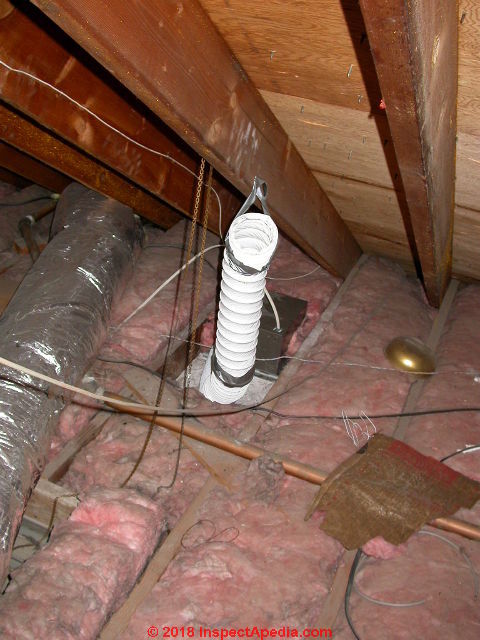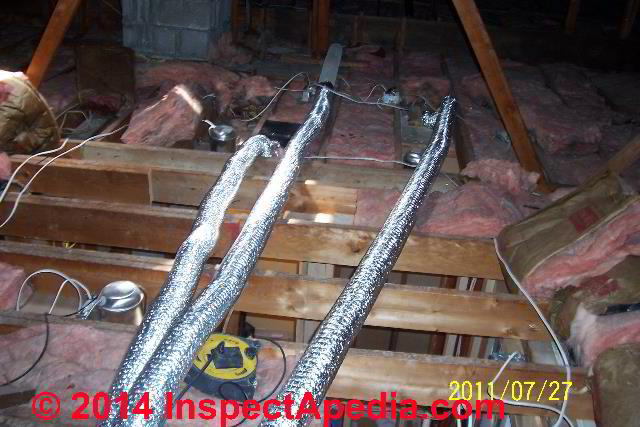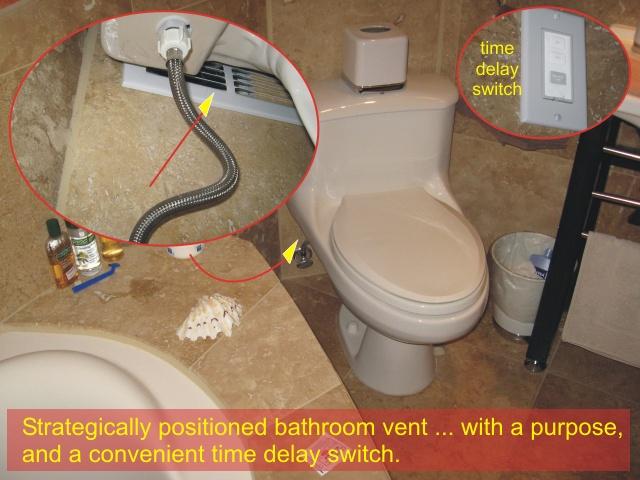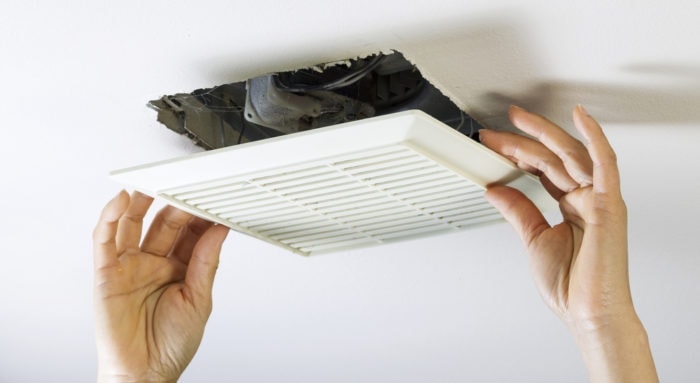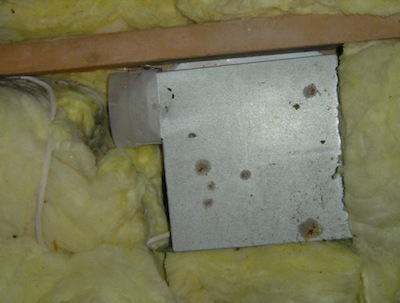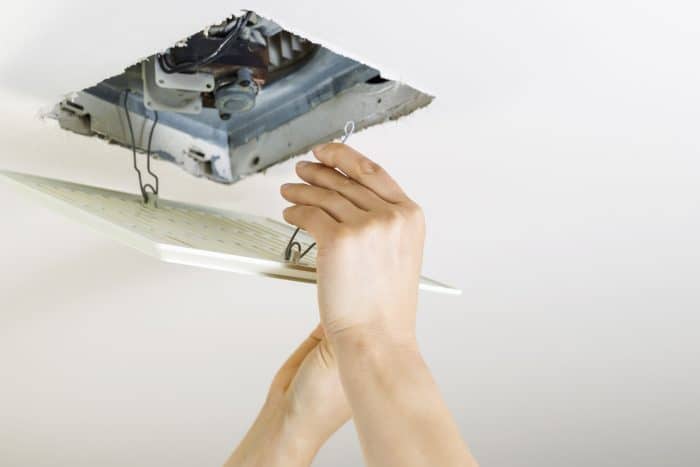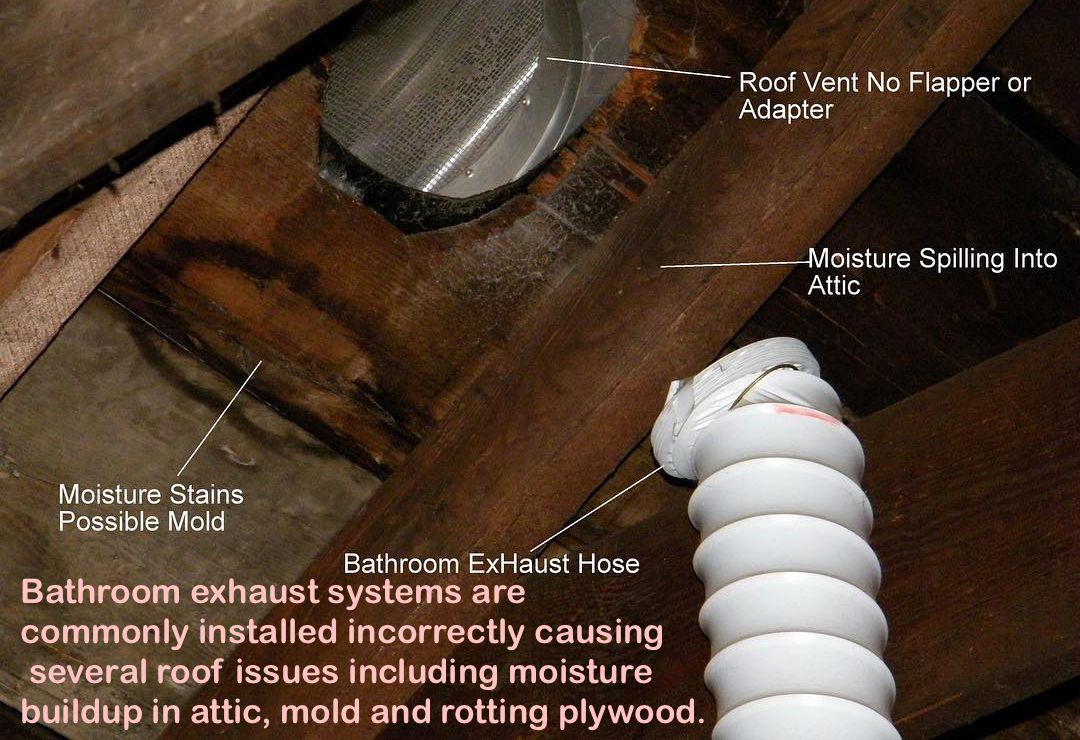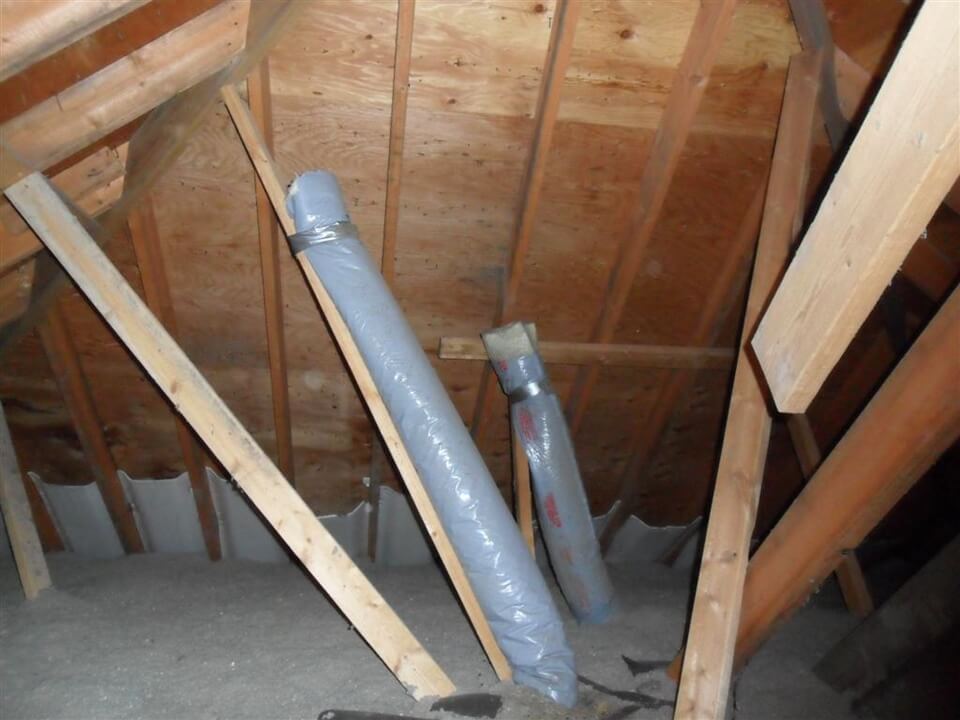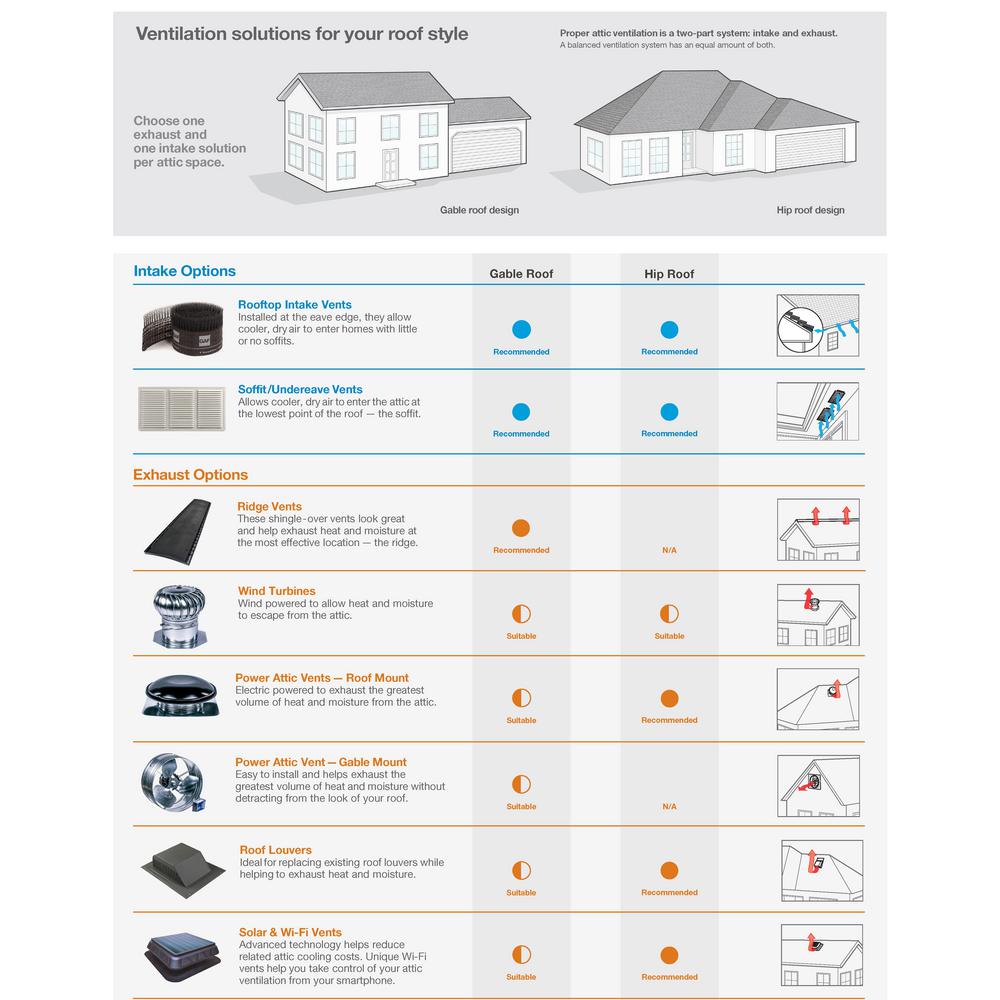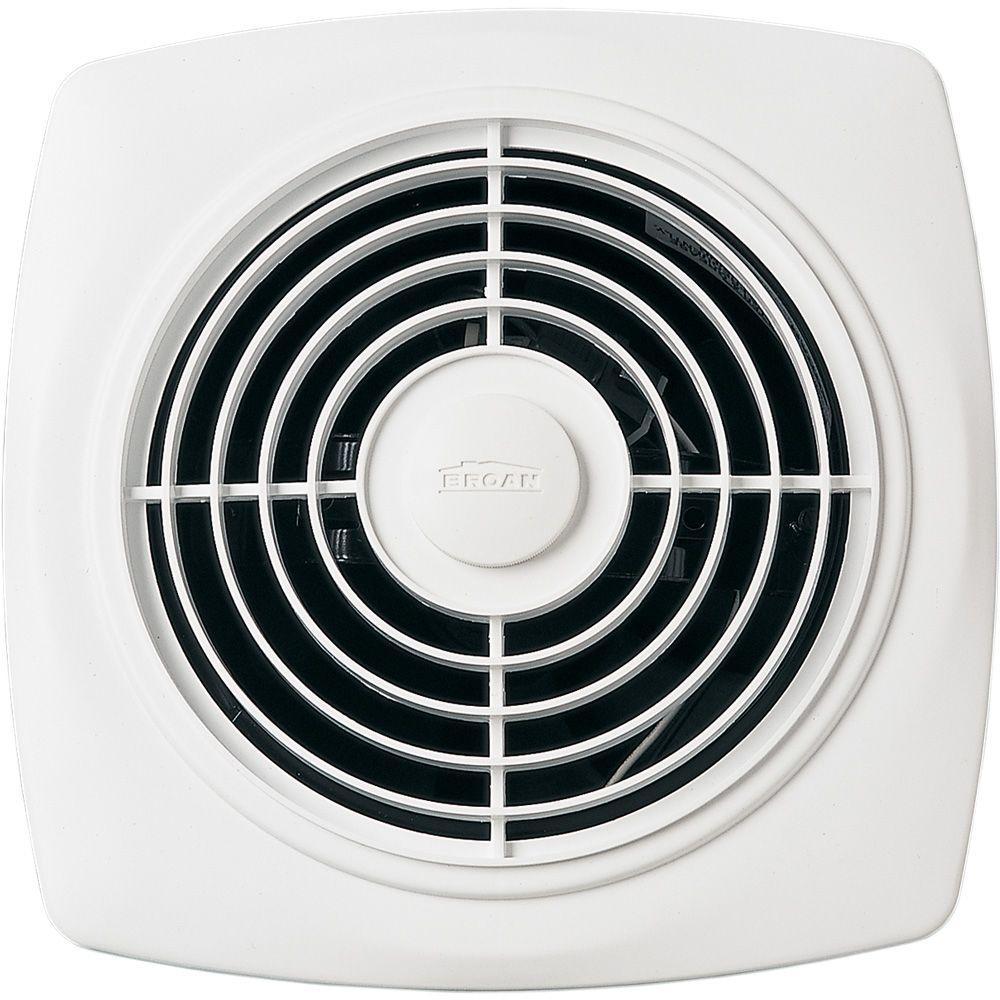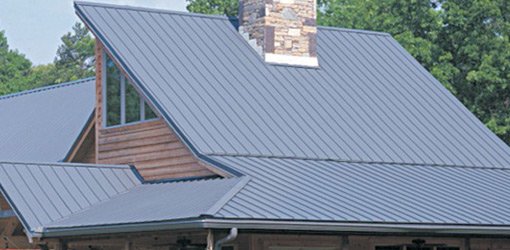Bathroom Fan Venting Into Attic For 50 Years
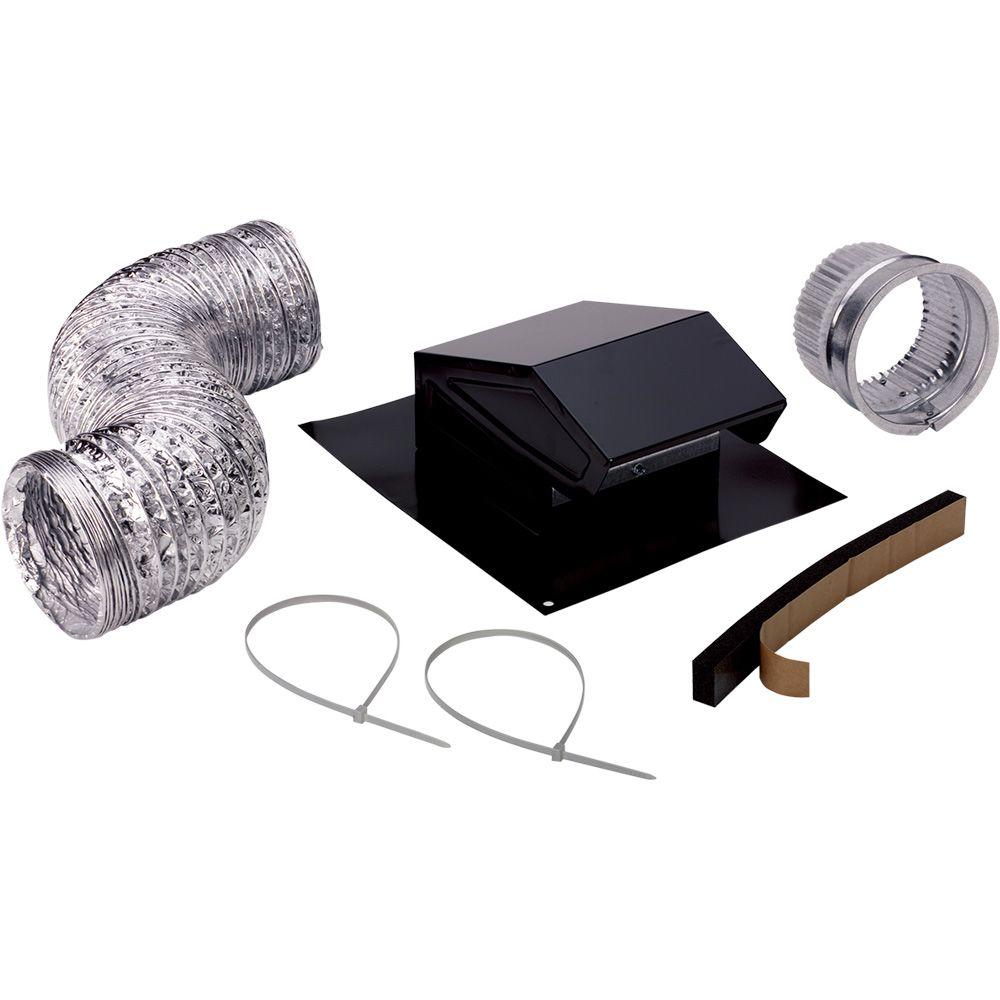
A loud fan may be good for masking bathroom noise but the jet engine roar is downright annoying the rest of the time.
Bathroom fan venting into attic for 50 years. When venting a bathroom exhaust fan make sure to vent the air to the outside rather than into your attic where it can cause mold and mildew to form. This article describes routing bath exhaust fan duct upwards through an attic or roof space or downwards through a floor or crawl space. No you should not vent a bathroom fan directly into an attic. Since bathrooms and kitchens are two of the largest sources of moisture production in the home it is imperative to properly ventilate these areas.
It is because of this that many builders tend to advise against this method. This involves running ductwork from the fan usually though an attic and out through the roof. If you vent through the roof condensation will drip back into the interior. However you can vent a bathroom fan through an attic while it terminates on the roof or gable end.
In order to accomplish this the roof has to have a hole cut in it. Depending on the location of the bathroom it may be easy to vent the exhaust fan through the roof. It s all outdoor air anyways right. Venting into the attic moisture in the home can be the source of many problems and addressing this issue is critical in preserving the functionality of a structure.
The bathroom vent you see on the picture is slightly above the floor level it s actually just a register fan motor installed in the attic above and i personally guarantee that in this location works like a charm there s one more bathroom vent above the shower stall. Bathroom and kitchen fans. If the bath fan in your home is more than 20 years old chances are it s pretty loud. It seems like such an easy solution just leave a bathroom vent hose in an attic.
In all cases the ducting needs to conduct the exchaust to the building exterior and needs to terminate in an animal proof vent cover. If you vent through a soffit where attic vents are often located the moisture will get sucked back up into the attic or roof venting. I recommend that my clients vent their bath fans out a gable wall if at all possible when not using an hrv or erv that is.

